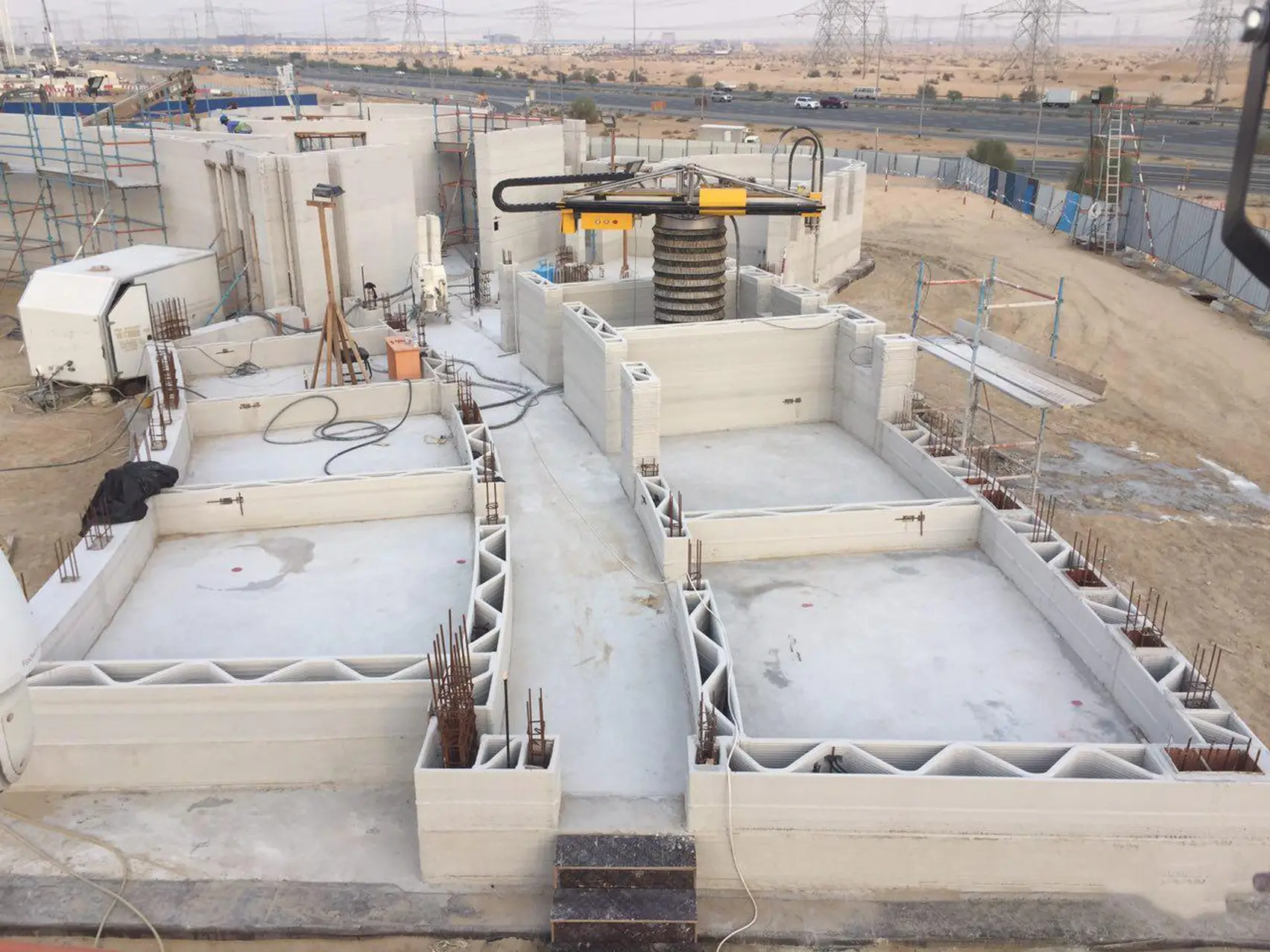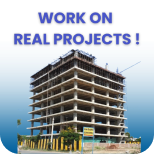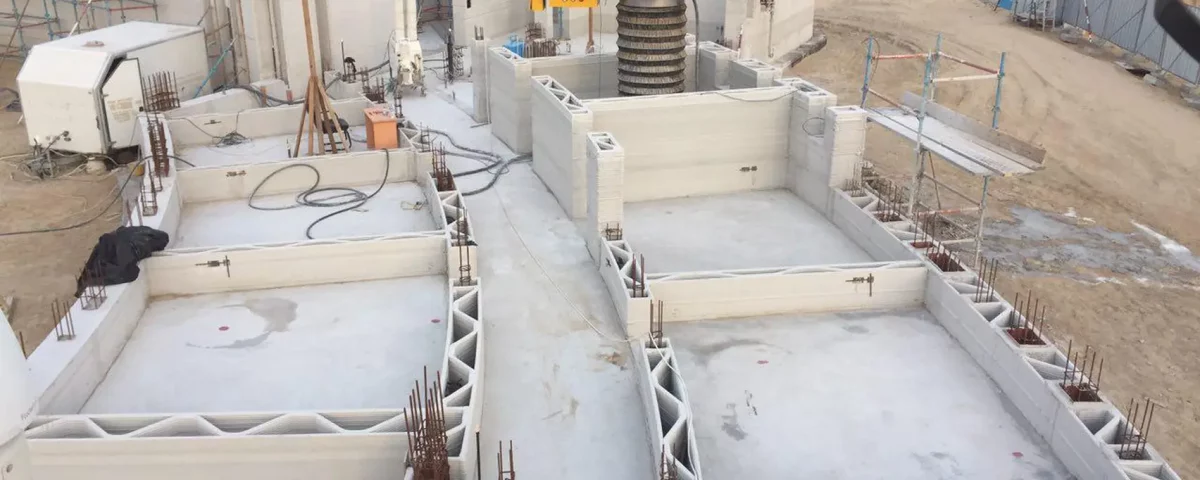
Disrupting the Construction Industry: The Global Impact of 3D Printed Buildings
Introduction
The construction industry, traditionally reliant on conventional building methods, is undergoing a seismic transformation through the integration of 3D printing technology. This revolutionary approach to construction offers unparalleled speed, cost-effectiveness, sustainability, and design flexibility. In this in-depth case study, we will explore various examples of 3D printed buildings from around the world and delve into the disruptive potential of this technology in the construction sector.
Case Study 1: The "Apis Cor" House in Russia
Background:
In 2017, Apis Cor, a Russian construction technology company, made headlines by completing a 3D printed house in just 24 hours. Located in Stupino, Russia, this 400-square-foot single-story home was constructed using Apis Cor's proprietary 3D printing technology.
Impact on the Construction Industry:
- Speed and Efficiency:The Apis Cor project exemplified the remarkable speed and efficiency of 3D printing technology. The entire house, including walls, partitions, and the building envelope, was printed on-site in a single day, drastically reducing construction time and labor costs.
- Design Flexibility:3D printing enabled intricate and curved architectural designs that would have been challenging or cost-prohibitive to achieve with traditional construction methods.
- Reduced Waste:By using only the necessary amount of construction material, 3D printing significantly reduces waste, making it a sustainable and cost-effective alternative.
Case Study 2: The "TECLA" Habitat in Italy
Background:
TECLA, a collaborative project between Mario Cucinella Architects and 3D printing company WASP (World's Advanced Saving Project), aims to revolutionize sustainable housing. In Italy, the first TECLA habitat was unveiled in 2020. It is a circular house constructed entirely from locally sourced raw earth using a 3D printer.
Impact on the Construction Industry:
- Sustainability:The TECLA habitat underscores the potential for sustainable construction using natural and locally available materials. This innovation has the potential to significantly reduce the construction industry's carbon footprint.
- Off-Grid Living:TECLA home designs incorporate self-sustaining systems for energy and water, enabling off-grid living, which aligns with the growing demand for eco-friendly housing solutions.
- Adaptive and Customizable:3D printing technology allows for the creation of unique, adaptive designs tailored to specific locations and individual user preferences.
Case Study 3: "The BOD" in California, USA
Background:
In California, the "BOD" (Building on Demand) project by Mighty Buildings showcases the potential for 3D printed construction in addressing housing shortages. The project utilizes a combination of 3D printing, robotics, and automation to create energy-efficient modular structures.
Impact on the Construction Industry:
- Affordable Housing:The BOD project is focused on providing affordable housing solutions in regions grappling with housing shortages. 3D printed homes are cost-effective and can be constructed quickly to meet surging housing demands.
- Customization:The inherent flexibility of 3D printing allows for easy customization of building elements, including layout and design, catering to individual preferences and specific project requirements.
- Sustainability:The BOD project promotes sustainability in construction by utilizing recycled materials and minimizing waste, aligning with the industry's increasing focus on eco-friendly building practices.
Case Study 4: ICON's 3D Printed Homes in the USA
Background:
Austin-based startup ICON has garnered significant attention for its cutting-edge 3D printing technology, which it uses to create affordable housing solutions. ICON has partnered with New Story, a nonprofit organization, to construct affordable 3D printed homes in underserved communities.
Impact on the Construction Industry:
- Speed and Cost-Efficiency:ICON's 3D printing technology can construct a single-story, 600-800 square foot home in under 24 hours, significantly reducing construction timelines and costs.
- Humanitarian Focus:The partnership with New Story emphasizes the potential of 3D printing to address global housing crises and provide safe, dignified shelter to those in need.
- Versatile Building Materials:ICON is researching various construction materials, including a proprietary cement-based mixture, to expand the application of 3D printing in construction.
Application Methods of 3D Printed Buildings:
- Layered Construction:The most common method involves depositing layers of construction material (such as concrete) in a controlled manner, typically from a robotic arm, to gradually build up the structure.
- Powder-Based Printing: In this method, a powder material, often a cement mixture, is deposited and selectively solidified by applying a binding agent or heat.
- Contour Crafting:Contour Crafting is a promising technique that aims to print entire buildings using large-scale 3D printers, reducing the need for traditional construction methods.
- Modular and Panel Printing:3D printing can be employed to produce modular components or panels that can be assembled to construct larger structures quickly.
Conclusion
These case studies and applications of 3D printed buildings underline the disruptive potential of 3D printing technology in the construction industry worldwide. From the speed and efficiency demonstrated by Apis Cor in Russia to the sustainable and customizable designs of TECLA in Italy, the affordable housing solutions of the BOD project in California, and the humanitarian focus of ICON in the USA, 3D printed buildings are reshaping the construction landscape.
3D printing offers a compelling vision for the future of construction, one that is more sustainable, affordable, and adaptable. As the technology continues to advance, it promises to revolutionize the industry further, addressing critical challenges such as housing shortages, sustainability concerns, and the need for rapid and cost-effective construction solutions. The global impact of 3D printed buildings is undeniable, and it is poised to play a central role in the future of construction.



















